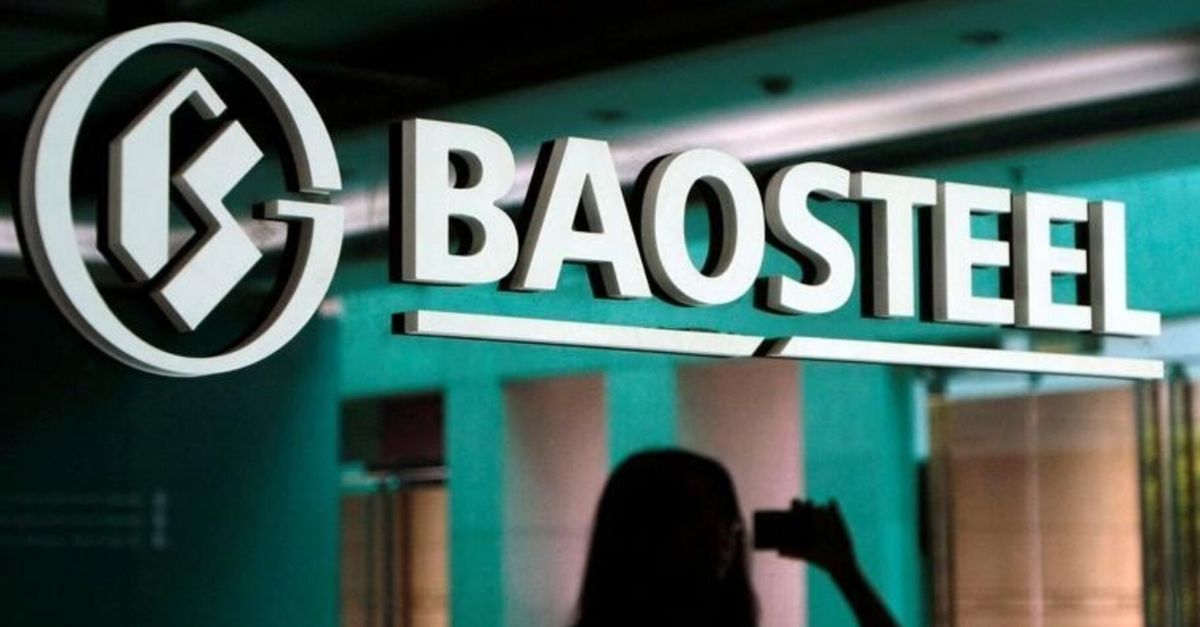India–US Trade Tensions Rise Over Steel and Auto Tariffs NMDC Limited reports a 38% drop in Q4 FY24 consolidated net profit RINL to Raise $23 Million Through Land Sales Amid Crisis

Baoshan Iron & Steel Co., Ltd. (Baosteel), one of China’s leading steel producers, uses debt as part of its financial strategy, but does it pose a risk to the company’s stability? This question is crucial, especially when considering investment risks beyond just stock price volatility. As Li Lu, an investment manager backed by Charlie Munger of Berkshire Hathaway, famously stated, “The biggest investment risk is not the volatility of prices, but whether you will suffer a permanent loss of capital.”
Debt, while a common tool for business growth, can be risky if not managed wisely. Too much debt can lead to financial distress, affecting a company’s ability to operate smoothly. So, how does Baosteel manage its debt, and should investors be worried?
Baosteel’s financials reveal a conservative approach to borrowing. The company maintains a low debt-to-EBITDA ratio, indicating it generates enough earnings to comfortably cover its debts. Additionally, Baosteel has a strong interest coverage ratio, meaning its profits are more than enough to pay interest expenses. This reflects a solid financial position, reducing the risk of financial strain.
Moreover, Baosteel has shown consistent growth in earnings before interest and tax (EBIT), increasing by 19% over the past year. This growth strengthens its capacity to manage existing debts. The company also boasts robust cash flow, ensuring it has enough liquidity to cover its obligations without impacting daily operations.
While Baosteel does utilize debt, its strategic management, steady earnings growth, and strong cash flow suggest that the risk is well-contained. For investors, this means that Baosteel is using debt effectively to fuel growth without jeopardizing financial stability.
In conclusion, Baosteel's debt levels are not a red flag. Instead, they reflect a balanced approach that supports expansion while maintaining financial health. Investors can be cautiously optimistic, keeping an eye on future performance while acknowledging the company’s prudent debt management strategy.
Also Read : Indian Steel Industry Faces $116/Tonne Carbon Cost Hike by 2034 Under EU Norms India’s Steel Imports May Fall 50% in FY26 with New Safeguards